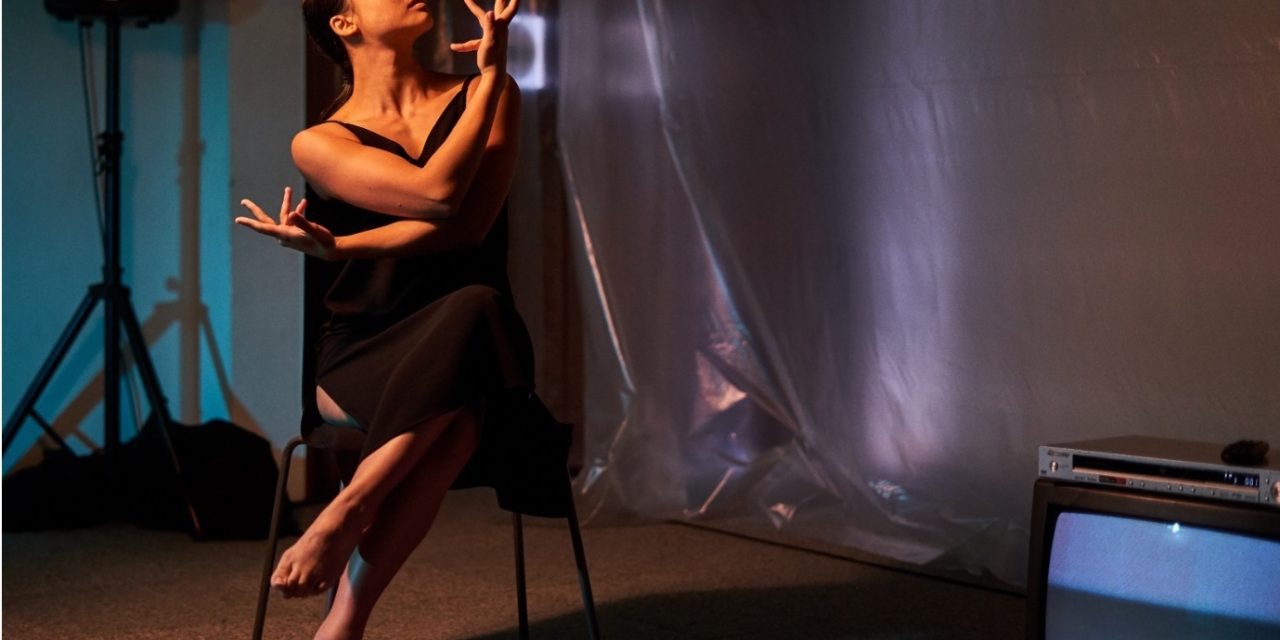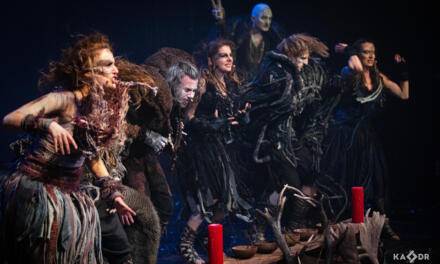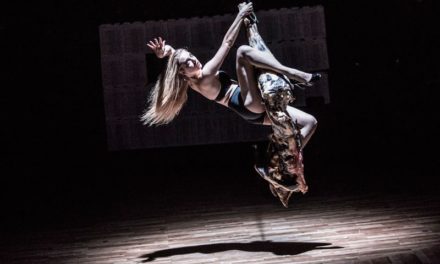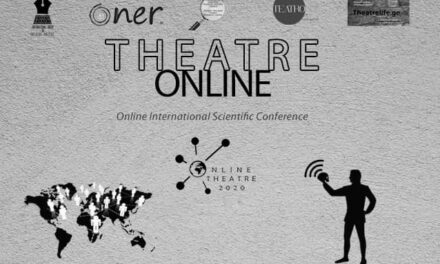Spoiler Alert: If you’re planning to experience the mystery and suspense of Attempts: Singapore, read only after you’ve attended the performance.
“She is a terrorist, she is a cultist, she works for sex.”
“Who is she?”
Like a foggy recreation of a Black Mirror episode, Rei Poh’s Attempts: Singapore begins intriguingly with corporate conglomerate ARC reaching out to the audience for help. We are enrolled to assist in deciphering a databank that consists of fragmented memories of a mysterious woman named Anne, which have been found in ARC’s Artificial Intelligence system J.O.A.N.
Inspired by Martin Crimp’s Attempts On Her Life, this promenade piece meshes a non-linear narrative with gaming elements. The closest experience I have had to the immersive theatre is in an escape room on a tedious team-building exercise. But with lateral thinking puzzles shrouded with postmodernist ambiguity, I found Attempts: Singapore enthralling.
We enter a room where a Windows 95-like screensaver is projected over a translucent plastic partition, obscuring J.O.A.N’s seated figure (Sabrina Sng). The wrap is akin to ones used in science labs or abattoirs, placing a cold-blooded touch on technological advocacy. Employees of ARC (Henrik Cheng and Farez Najid) lay out the ground rules and separate us into two groups of “researchers.” The investigation begins.
“She is sick, she is depressed, she is patient zero.”
“Annie, are you okay?”
My group enters a room that fuses a dusty laboratory with a quaint domestic space. Within, we find a bulky filing cabinet, a locked briefcase, small vials of blood, skin, and nails, stacks of floppy disks, a plump maroon leather sofa. We search through items in the room, looking for hidden keys and secret messages. J.O.A.N’s voice guides us through the tasks as we encounter research logs about Anne, a shapeshifter who manifests variously as “Annie” and “Hannah,” but always remaining just out of reach. There are accounts of rotting flesh, gangrene, an incurable disease. This is the stuff of a sci-fi apocalypse, but before we can question more, J.O.A.N reminds us we have a few minutes left. There is a mystery to be solved.
As with most group activities, people assume roles as leaders, observers, and helpers. Attempts: Singapore pushes us to uncover our innate human nature, how our behavior changes within a pressure cooker situation. A few eager participants shout for more time. Their sharp voices grate on my nerves. We read yet another log about Hannah; haven’t we done this already? The palindrome found in the name “Hannah” reflects a duality that reverberates throughout Attempts: Singapore. The show casts a mirror on us and our groveling, apologetic behavior in an unfamiliar space. Among strangers in a strange environment, we tend to retreat into nervous laughter and shrugged shoulders. The group dynamics turn out to have a huge impact on the quality of the theatrical experience. I’m getting tired.
“She is a cigarette, she is ecstasy, she is a dream.”
“Anne, where are you?”
In every room we enter, there are sporadic performances of Anne’s fragmented memories. Julie Wee possesses mad, intoxicating vulnerability as a fragile woman sewing a wound on her hand, while Cheng plays both a pompous newscaster and a doting father. At one point, Suhaili Safari is a sultry, angry dancer lip syncing to Eartha Kitt’s I Want To Be Evil. Throughout her performance, she turns pages of a book filled with iconic images of famous Western femme fatales. It feels clumsy to so obviously point out these images of sexualized women, but Suhaili is cunningly delectable. She mesmerizes with a feverish ferocity in her eyes. These scenes do little to propel the plot or help us discover more about Anne/Annie/Hannah. The impossible quest to find someone who may not even exist will nevertheless continue.
“Now, is she alive or is she dead?”
“Anne, did we destroy you?”
Attempts: Singapore piles on the atmosphere with menacing ARC members donning black mouth masks, but it is most effective in coercing its participants to make decisions in an unfamiliar but controlled environment. The task-oriented activities point at humans being capable of both creating and destroying: in this case, Anne herself. Our actions determine the show’s ending, which is not necessarily narratively rewarding but operates more as an affirmation of the consequences of human agency.
Most strikingly, Poh aims to position Crimp’s original dazzling Rubik’s cube of a play in a Singaporean context with Attempts: Singapore. But the local connections are weak. There is a Malay character, mentions of CBD areas, and a reference to an idealized portrait of a Singaporean woman. Poh’s motivations behind reimagining Crimp’s piece are not crystal clear. The performance’s key strength lies in presenting Anne, who is everyone and no one, and yet still demands that the audience continue their quest to find her even as it becomes increasingly and obviously futile. It highlights our typically hasty judgment on people whom we have never met before, our inability to appreciate people’s multi-faceted nature and how our first impressions of people are often wrong.
This review is based on the performance on January 25, 2018, at 8pm. Part of the M1 Singapore Fringe Festival, Attempts: Singapore by Rei Poh ran January 25-27 at Centre 42.
Patricia Tobin is an arts writer from Singapore. She tweets at @havesomepatty.
This review was written as part of the Lyn Gardner Theatre Criticism Training Program, an Initiative by the National Arts Council, managed by ArtsEquator.com.
This article originally appeared on Arts Equator on January 26, 2018, and has been reposted with permission.
This post was written by the author in their personal capacity.The opinions expressed in this article are the author’s own and do not reflect the view of The Theatre Times, their staff or collaborators.
This post was written by Patricia Tobin.
The views expressed here belong to the author and do not necessarily reflect our views and opinions.


















